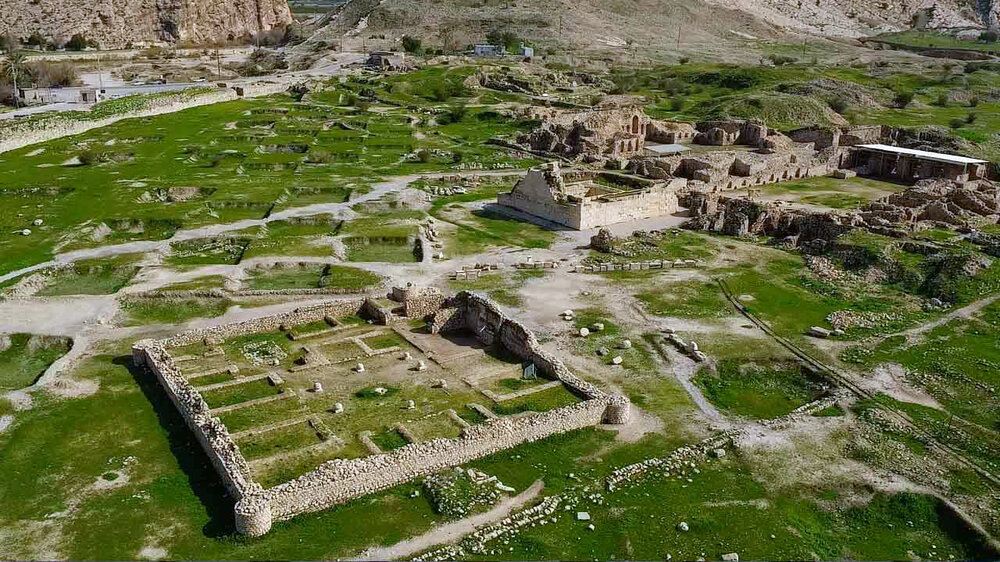A walk into the past: Sassanid town of Bishapur

TEHRAN – Now a top tourist destination in southwest Iran, Bishapur (literally, “The city of Shapur”) was once the grand capital of Sassanid king Shapur I whose armies defeated the Romans three times.
Narratives say much of Bishapur was built by Roman soldiers taken captive after their Emperor Valerian was defeated in c. 260 CE.
Situated south of modern Faliyan, just off the ancient road between Persis and Elam, the city was connecting the Sasanian capitals Istakhr (close to Persepolis) and Firuzabad to Susa and Ctesiphon.
Surrounded by walls that may have stood some ten meters high, Bishapur was home to some 50,000 to 80,000 people.
The city remained an important city until the Arab invasion of Persia and the rise of Islam in the second quarter of the seventh century. It became a center of Islamic learning (a madrassah has been excavated) and there were still people living over here in the tenth century, but the decline started in the seventh century.
Bishapur has undergone several rounds of excavation so far. The Palace of Shapur, and a temple dedicated to the goddess of Anahita, were highlights of the digs.
The main monuments have been excavated between 1935 and 1941. Nevertheless, most of the city is still buried, and incidentally, teams of archaeologists returned to the site afterward.
In 2018, UNESCO added an ensemble of Sassanian historical cities in southern Iran -- titled “Sassanid Archaeological Landscape of Fars Region”-- to its World Heritage list. The ensemble is comprised of eight archaeological sites situated in three geographical parts of Firuzabad, Bishapur, and Sarvestan. It reflects the optimized utilization of natural topography and bears witness to the influence of Achaemenid and Parthian cultural traditions and of Roman art, which later had a significant impact on the architecture and artistic styles of the Islamic era.
The Sassanid archaeological landscape represents a highly efficient system of land use and strategic utilization of natural topography in the creation of the earliest cultural centers of the Sassanid civilization.
AFM
Leave a Comment